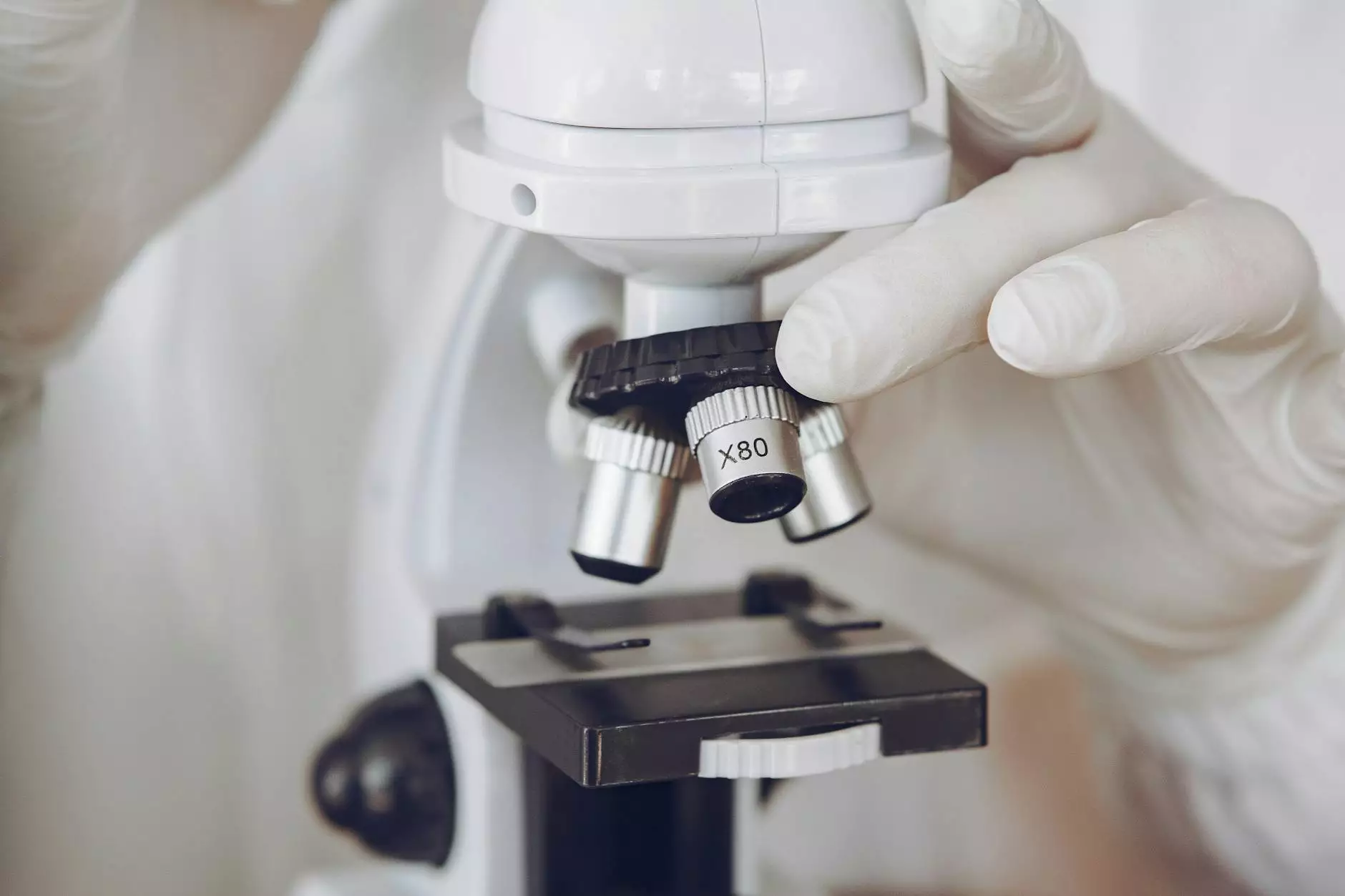The Role Of Genetics And Age In The Time It Takes To Grow Glutes
Health
Introduction
Welcome to Ageless Wisdom Magazine's comprehensive guide on the role of genetics and age in the time it takes to grow glutes. If you have been wondering why some people achieve their fitness goals faster than others, then you've come to the right place.
The Significance of Genetics
When it comes to glute development, genetics play a crucial role. Your genetic makeup determines factors such as muscle fiber composition, muscle insertion points, and overall muscle-building potential. Some individuals may naturally have a genetic advantage when it comes to glute growth, while others may face more challenges.
It's important to remember that genetics do not dictate your final outcome. While some individuals may have a head start, everyone has the potential to develop and shape their glutes through proper training and nutrition.
The Influence of Age
Age is another important factor to consider when it comes to growing glutes. As we age, hormonal shifts occur, which can affect muscle growth and recovery. Additionally, older individuals may have a slower metabolism, making it harder to build and maintain muscle mass.
However, don't let age discourage you. Proper training techniques, along with a balanced diet, can help overcome these challenges and achieve your fitness goals.
Training Techniques for Glute Growth
Here are some effective training techniques to maximize your glute development:
1. Progressive Overload
Progressive overload is essential for muscle growth. Gradually increasing the weight, reps, or intensity of your exercises challenges your muscles and encourages growth.
2. Compound Exercises
Incorporating compound exercises into your workout routine can target multiple muscle groups, including the glutes. Squats, deadlifts, lunges, and hip thrusts are excellent choices to stimulate glute growth.
3. Isolation Exercises
While compound exercises are great, don't forget about isolation exercises that specifically target the glutes. Hip abductions, glute bridges, and cable kickbacks can help activate and strengthen the glute muscles.
4. Resistance Training
Using resistance bands, weights, or machines can further enhance glute activation and growth. Experiment with different equipment to find what works best for you.
The Role of Proper Nutrition
In addition to training, proper nutrition plays a crucial role in maximizing glute growth. Here are some key aspects of a glute-building diet:
1. Sufficient Protein Intake
Consuming enough protein is essential for muscle repair and growth. Aim for a well-balanced diet with lean protein sources such as chicken, fish, eggs, and tofu.
2. Healthy Fats
Including healthy fats in your diet promotes hormone production and aids in muscle development. Avocados, nuts, and olive oil are excellent sources of healthy fats.
3. Complex Carbohydrates
Complex carbohydrates provide the energy needed for intense workouts and help replenish glycogen stores. Opt for whole grains, fruits, and vegetables.
4. Hydration
Staying hydrated is essential for overall health and muscle function. Aim to drink enough water throughout the day to support your fitness goals.
Finding Your Individual Approach
It's crucial to remember that everyone's fitness journey is unique. While some may see results faster, others may take longer. Embrace the process and listen to your body.
Experiment with different training techniques, track your progress, and make adjustments as needed. Consistency, patience, and a positive mindset are key to achieving your desired glute growth.
Conclusion
In conclusion, genetics and age can influence the time it takes to grow glutes. However, with the right approach to training, nutrition, and mindset, you can achieve your fitness goals regardless of your starting point.
Ageless Wisdom Magazine is here to support and guide you on your fitness journey. Stay motivated, be consistent, and embrace the power of your body's potential.




